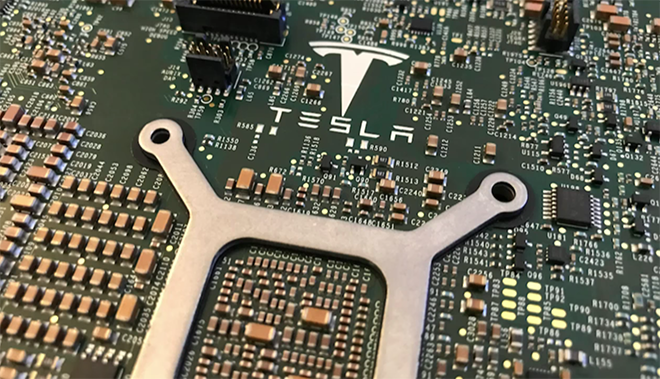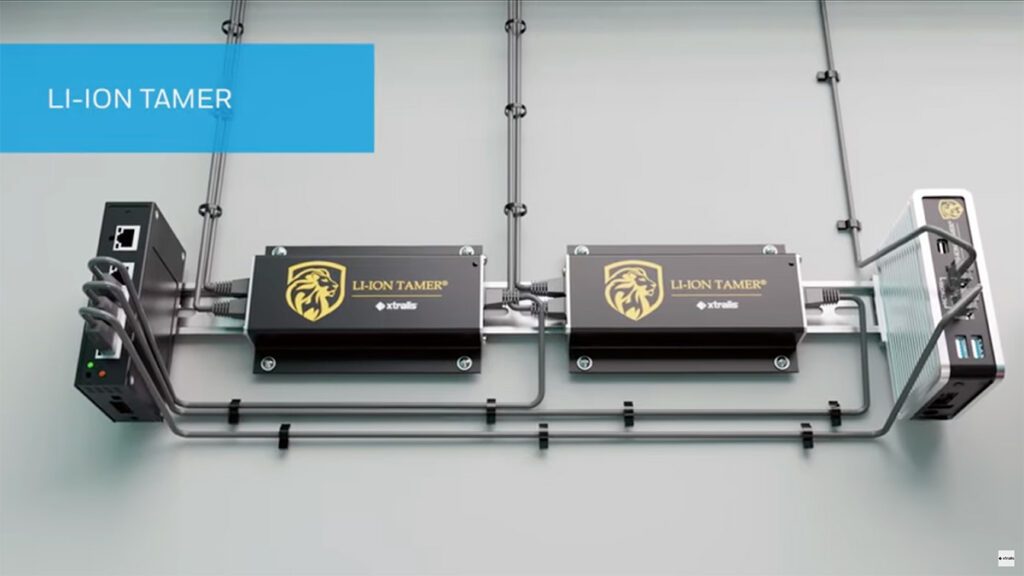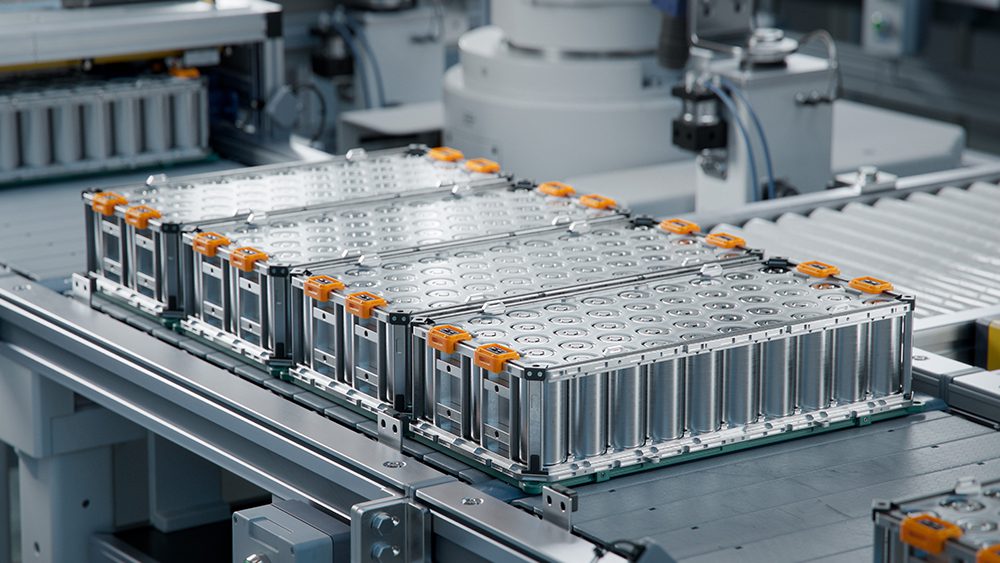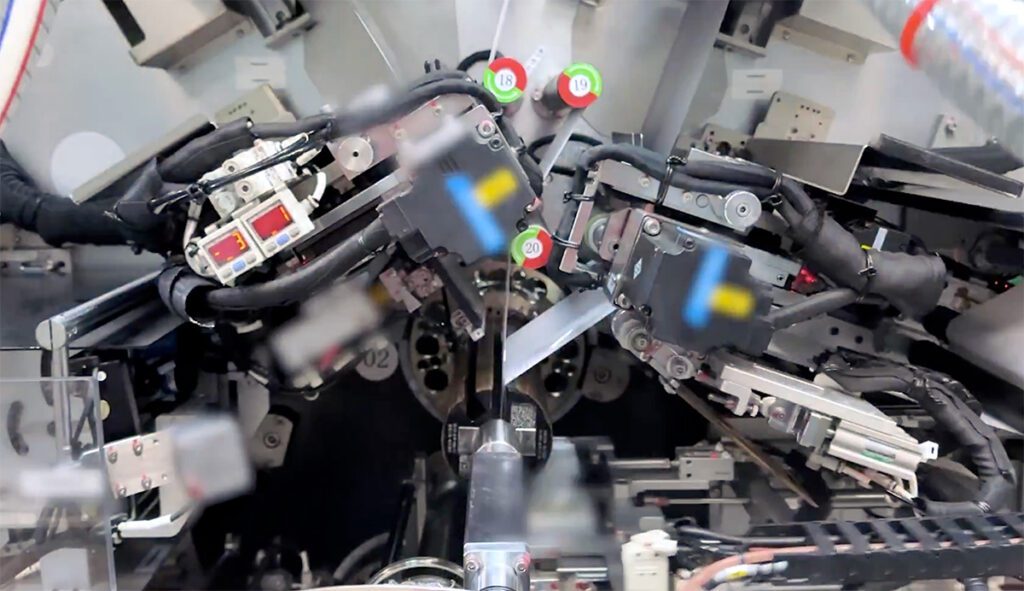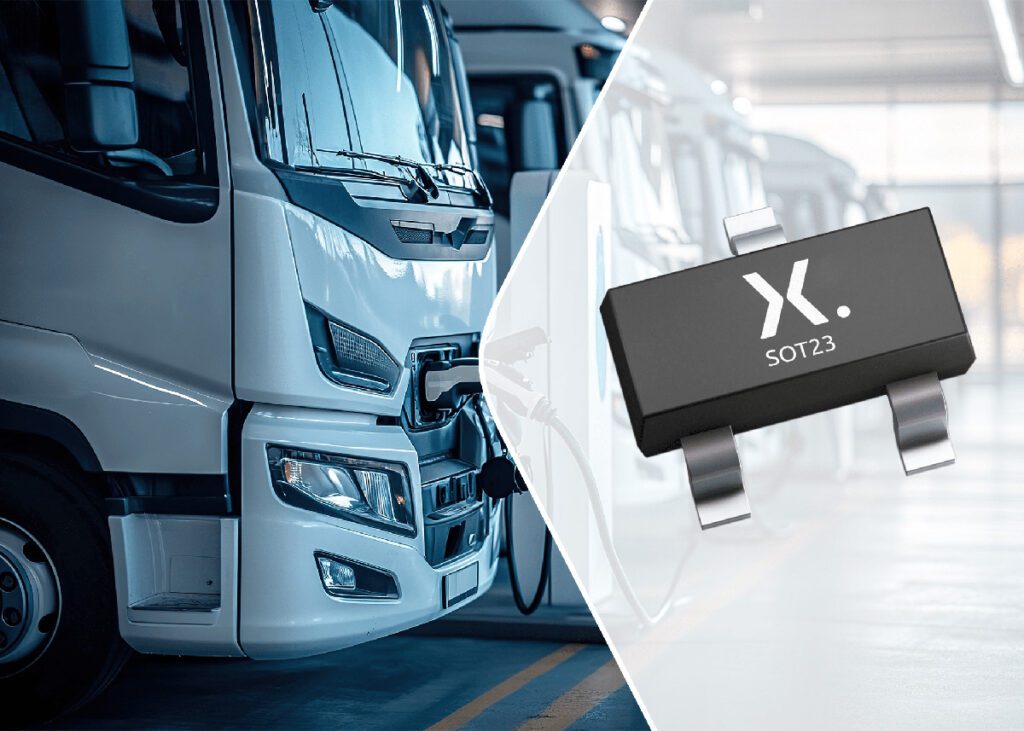The most interesting Tesla news in recent months (at least for those who are more interested in the company’s cars than the antics of its CEO or the gyrations of its stock) was Munro & Associates’ teardown of a Model 3. Automotive expert (a real one) Sandy Munro praised Model 3’s electronics and battery technology in the very highest terms, but panned the new EV’s build quality. He was also critical of Tesla’s body design. “The strategy for the body is about as bad as could be,” Munro said. “It’s heavy and much more expensive than even the carbon-fiber BMW i3.”
Tesla recently responded to Munro’s criticism point by point (via Motor Trend). First of all, the company says Munro’s information is already dated:
The primary car evaluated by Munro was built in 2017. We have significantly refined our production processes since then, and while there’s always room for improvement, our data already shows that Model 3 quality is rapidly getting better.
Munro is not the only one who has noted that many Model 3s have uneven or inconsistent panel gaps. Tesla’s response:
Since we began shipping Model 3 last year, we have been very focused on refining and tuning both part and body manufacturing processes. The result being that the standard deviation of all gaps and offsets across the entire car has improved, on average, by nearly 40%, with particular gap improvements visible in the area of the trunk, rear lamps and rear quarter panel. Today, Model 3 panel gaps are competitive with Audi, BMW, and Mercedes models, but in the spirit of relentless improvement, we are working to make them even tighter.
Here’s what Tesla had to say about Munro’s observation that the design of Model 3’s frame makes the vehicle heavier than it needs to be:
The U.S. government found Model S and Model X to have the lowest probability of injury of any cars it had ever tested, and Model 3 was designed with the same commitment to safety. While there’s always room for refinement of cost and mass, which we are already improving, electric cars have unique safety requirements to prevent intrusion into the battery, and Model 3 was also designed to meet the latest small overlap front crash requirements that other reference vehicles may not have. We stand behind our physical crash testing and our computer simulations of it, which have been remarkably accurate, and the safety that they demonstrate. The safety of our customers is more important than any other metric.
Source: Motor Trend







